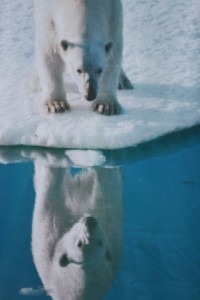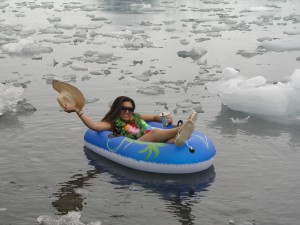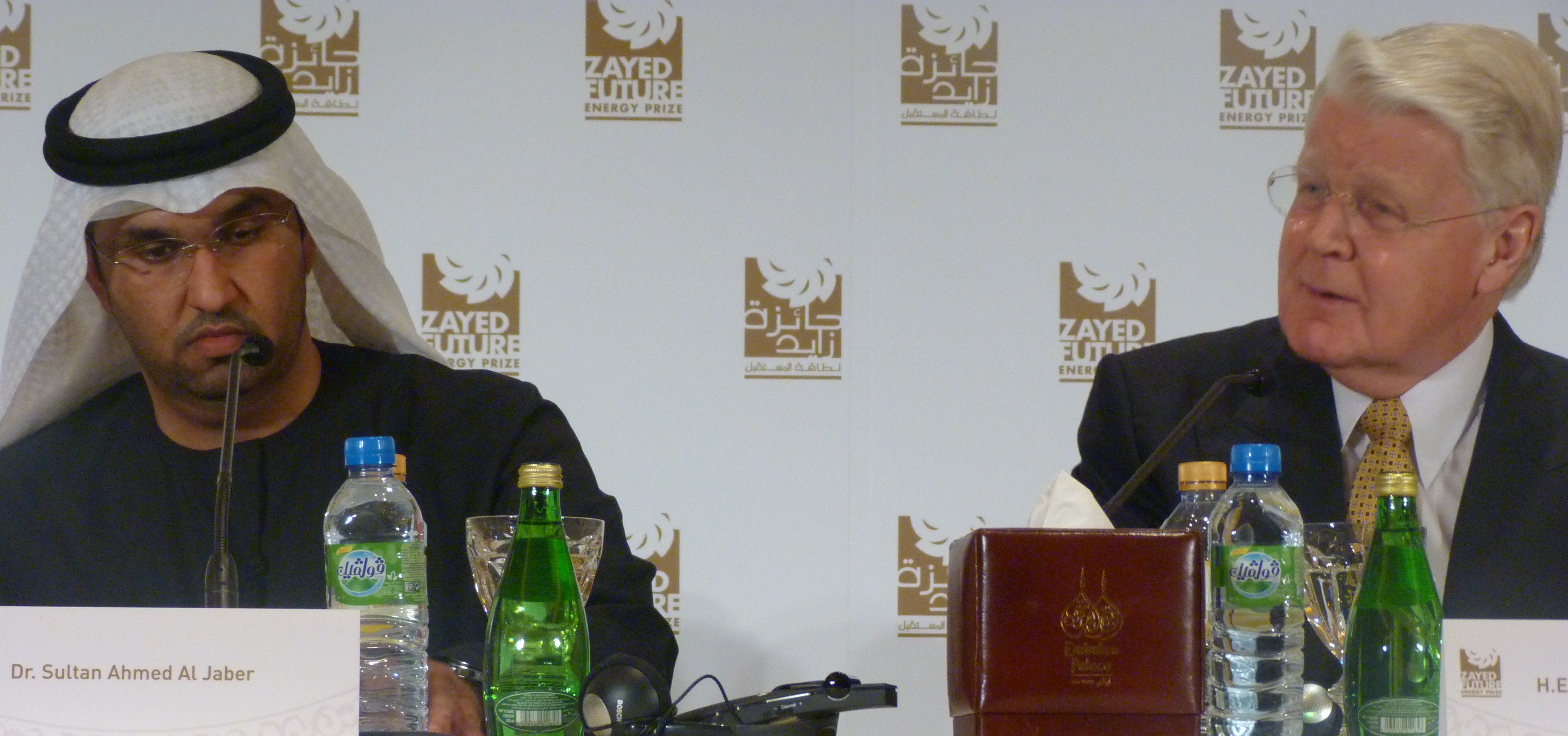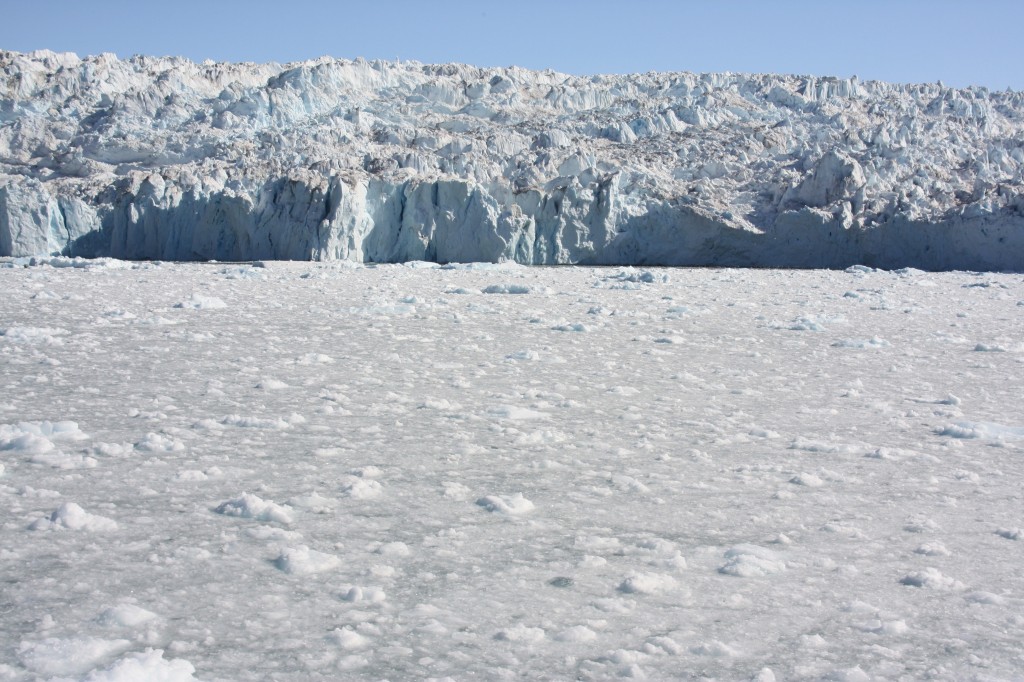Ex-IPCC chief: 5°C warming?
The former chair of the Intergovernmental Panel on Climate Change says global average temperatures could reach five degrees centigrade above their pre-industrial level. British scientist Sir Robert Watson, who chaired the panel from 1997 until 2002, said the world had missed its chance to keep emissions below the level needed to keep to the 2°C maximum target set by the international community.
Speaking at a symposium on “Preventing global con-communicable diseases through low-carbon development” at the London School of Hygiene and Tropical Medicine, (LSHTM), Professor Watson said the chances of keeping temperature rise below three degrees are fifty-fifty, and the rise could be as high as five degrees. That would mean the Earth warming more than it has since the end of the last Ice Age. The consequences for the planet would be dramatic.
In a report for the “Climate News Network”, environment reporter Alex Kirby quotes Watson as saying: “All the promises in the world, which we’re not likely to realise anyway, will not give us a world with only a 2°C rise. All the evidence, in my opinion, suggests we’re on our way to a 3°C to 5°C world.”
The British expert is science director of the Tyndall Centre for Climate Change Research at the University of East Anglia, UK, and chief scientific adviser to the UK Government’s Department of Environment, Food and Rural Affairs. He says there are solutions available to tackle climate change, but a lack of political will and moral leadership to implement them. Emissions are continuing to rise at a rate which makes it highly unlikely the two degree target can be adhered to.
“When I was chairing the IPCC we were all very optimistic that we’d have a global agreement to limit emissions, though we knew it would be difficult. But we were hopeful that emissions would not go up at the tremendous rate they are rising now,” says Watson.
More on this story at Climate News Network
WWF Canada helps reduce polar-bear kills
There are estimated to be between 20 and 25 thousand polar bears left in the world. Climate change is the main threat to their survival these days. Hunting is strictly regulated, with quotas for the number allowed to be hunted as part of indigenous Arctic people’s heritage. But what happens when hungry bears, affected by the loss of sea ice, encroach on human territory? Not a good combination. WWF Canada has been involved in a project to set up electric fences – some of them solar powered – to keep the white giants out and reduce the number of bears killed in self-defense – with highly positive results so far. For the first time in at least three years, no bears were killed in defense of life or property in the hamlet of Arviat, in Nunavut in 2012 thanks to a “polar bear conflict reduction” project. The community , in the western Hudson Bay area, had reported increasing visits by polar bears in town in recent years. One reason is thought to be the loss of sea ice through climate change. WWF Canada has helped the locals fund a monitor to patrol the area at night from October to December, when bears are out and about in the Nunavut region. The monitor scares the bears with spotlights and noise. They have also installed electric fences around some of the dog-team pens. 2013 is the WWF’s “Year of the Polar Bear”. The organisation is also helping to fund monitoring programmes to keep track of the number of bears.
Greenpeace criticizes draft Arctic oil spill response agreement

The symbol of an intact Arctic: A polar bear puts in an appearance on a poster at a Greenpeace “Save the Arctic” stand in Germany.
The Arctic Council environment ministers will be meeting in Jukkasjärvi in Sweden over the next few days. One of the items on the agenda is a long-awaited agreement on dealing with oil accidents in the Arctic. A copy of the document has been leaked, and Greenpeace says it is “vague and inadequate”. “Marine Oil Pollution Preparedness and Response in the Arctic” is the title of the paper, set to be adopted by the Council’s foreign ministers at their meeting in May. An oil spill in the Arctic would be very hard to tackle for various reasons, including remoteness, cold, ice, darkness and the fact that oil takes longer to break up in cold conditions. Remember the Exxon Valdez? If you are young enough not to, it was a tanker that went down in Prince William Sound in 1989, with devastating effects on the environment.. I visited the spot a couple of years ago, and there are still clumps of oil under stones on the beaches. And of course Shell is having its own problems with Arctic drilling at the moment.
Greenpeace is running an international campaign against oil drilling in the Arctic. Ben Ayliffe, head of the campaign, told the media: “This draft agreement does not inspire confidence in the ability of the Arctic Council to protect this fragile region when the worst happens. It’s incredibly vague, it fails to hold oil companies liable for the impact of their mistakes, and there is nothing here that ensures adequate capacity to deal with a spill in these nations”
I have been talking to a lot of experts on this over the last few years and most of them are convinced that a spill would happen sooner or later and would be extremely difficult to deal with. The risks to the fragile Arctic ecosystem would be enormous.
EU stepping up campaign to join Arctic Council
When the Arctic Council meets in Sweden in May before chairmanship is handed over to Canada, one of the items on the agenda will be applications from the EU and China amongst others for observer status of the Arctic Council.
With climate change making access easier, the chances of keeping the Arctic free of economic activities like oil and gas exploration and increased sipping are dwindling. (I wrote a story about this just very recently: Business opportunities boom in the Arctic).
Some EU members are already on the Council, but the organisation wants its own observer seat. The reasons for this interest are not hard to find: to “wield greater influence over a region thought to hold huge undiscovered oil and gas reserves”, according to the publication EurActiv.com
EU member countries have different interests in the Arctic, so this is an interesting development to watch.
“We are living in an ice-dependent world” (Iceland’s President)
During my recent visit to Sustainability Week in Abu Dhabi, I was interested to meet the President of Iceland, Ólafur Ragnar Grímsson. He gave one of the keynote speeches at the World Future Energy Summit and was also on the Jury for the prizes presented as part of the Zayed Future Energy Prize to initiatives around the world to promote sustainability through renewable energy in different parts of the world.
I asked him how he had come to be involved so closely with Abu Dhabi, the icy north working with the desert oil state. The link goes back to an Abu Dhabi delegation visiting Iceland 8 years ago to talk about using clean energy. Since then, he finds it fascinating and encouraging to see how the Gulf state is turning itslf into “one of the primary locations in the world for dialogue and cooperation on a clean energy future.”
But the message I’d really like to share with the Ice Blog community is the one about the undeniable connections between what’s happening in the Arctic and what’s happening in the rest of the world. President Grímsson explained his view to me at a reception after the prize-giving ceremony.
We live in an ice-dependent world, says Iceland’s President
In a nutshell, he says one of the key results of scientific research is recent years is that the Arctic plays a major role in influencing weather and other developments around the world, and that fact that the ice is melting fast. Let me quote him:
“I think the melting of the ice is really the frightening message. Climate change is a difficult word, because somehow it is not concrete. The melting of the ice is something that everybody understands.”


























Feedback